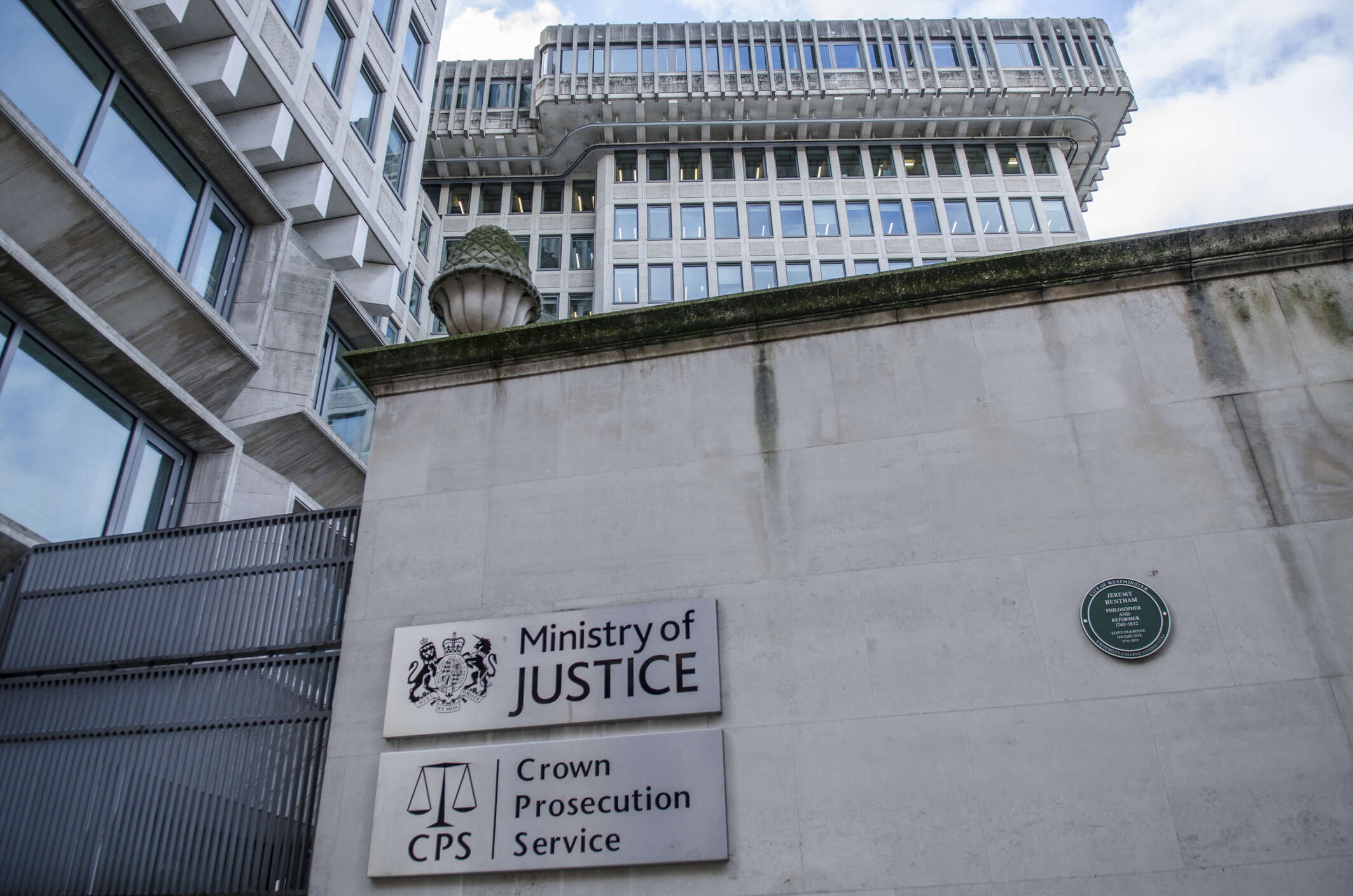
Transforming central government is about wrestling scale and complexity. The UK’s Ministry of Justice has plenty of both: with 80,000 employees, it oversees 4 million court cases a year, serves more than 80,000 prisoners, and distributes around £1.7bn in legal aid – and much more besides. Enabling all of this are over 800 digital services, delivered and modernised by the department’s Digital & Technology function.
At New Statesman and Tech Monitor‘s recent Public Sector Technology Symposium, the MoJ’s interim chief digital and information officer Gina Gill shared the department’s IT agenda, its frontiers of innovation, and how cultural change underpins “real” digital transformation. Gill was interviewed by Rob Anderson, principal analyst for central government at GlobalData.
The Ministry of Justice’s IT agenda
The MoJ’s IT agenda has three “buckets,” Gill explained. The first is legacy modernisation – like most large organisations, the MoJ has a complex landscape of customised software that it is gradually replacing and retiring. Another bucket is managing technical debt and technology risk – this includes capabilities such as cybersecurity and data governance.
The third bucket contains transformational change initiatives. These include a program to equip prisoners with in-cell devices, allowing them to manage their own administration. “It also allows us to provide them with access to education as well,” Gill explained. Another digital transformation initiative – modernising the Lasting Power of Attorney service – provides a glimpse of the barriers the MoJ faces when managing change: “It requires legislative changes because [a] piece of legislation says we can’t do it digitally, because we need a signature.”
Gina Gill on innovation at the MoJ
Gill shared two areas of innovation that the MoJ is pursuing. The first is cloud migration. “We’ve built a cloud modernisation platform,” Gill explained. “We’ve got legacy services that we’re moving to cloud that weren’t built to run in the cloud, so we’ve built a platform that allows us to move those services more quickly. It deals with the basics that you would see across all of those legacy applications… so that when we’re moving things, we can focus on specific application issues… rather than having to solve the same problems over and over again.”
The second area is data. The MoJ has developed an analytics platform that allows it to create rapid prototypes of data applications. “So, for example, we’ve recently built an app that allows us to explore the propensity to violence, which is used by prison staff,” she said. The platform allows the MoJ to “try things out to see if it’s going to work”.
We’re very cognizant of civil liberties, particularly for the types of service that we provide and given the types of user that we have.
Gill acknowledges, however, that the sensitive nature of the MoJ’s work means that its use of data requires ethical consideration. “We’re very cognizant of civil liberties… particularly for the types of service that we provide and given the types of user that we have: someone that’s claiming compensation for having suffered criminal injury and, you know, someone that is being taken through the court process, someone that’s in prison. There are question marks around [the] vulnerability of those users and to what extent we should or shouldn’t be using some of those technologies.”
The MoJ is working with the Turing Institute to help examine these questions, Gill said, and engages in cross-governmental forums to discuss data ethics. “There’s a collective conversation at the moment about what we can and cannot do and, more importantly, how we make sure that people understand what we’re doing with their data.”
Beyond digital transformation
Gill joined government from the finance sector in 2017. “The first thing that struck me when I came to civil service was just the sheer size and complexity,” she recalled. “And I’d worked for global banks before – I thought I’d seen complexity.”
For any digital leader making a similar transition, she recommends retaining an outsider’s perspective, questioning why things can’t be done differently. “When I first landed here, I was the person that was always saying ‘Why? Why can’t we do it differently?'” Gill explained. “And I feel like I’ve lost a little bit of that over the three years that I’ve been here. My advice to others would be to hold onto that, consciously, because it’s important that there are people here that are asking questions and asking why we’re not doing things differently.”
In those three years, organisational culture has become more of a focus for Gill, she explained. For government organisations to deliver “real change”, she said, digital leaders must position it as an organisational transformation that incorporates all functions, not just a technology initiative.
Home page image by William Barton/iStock






